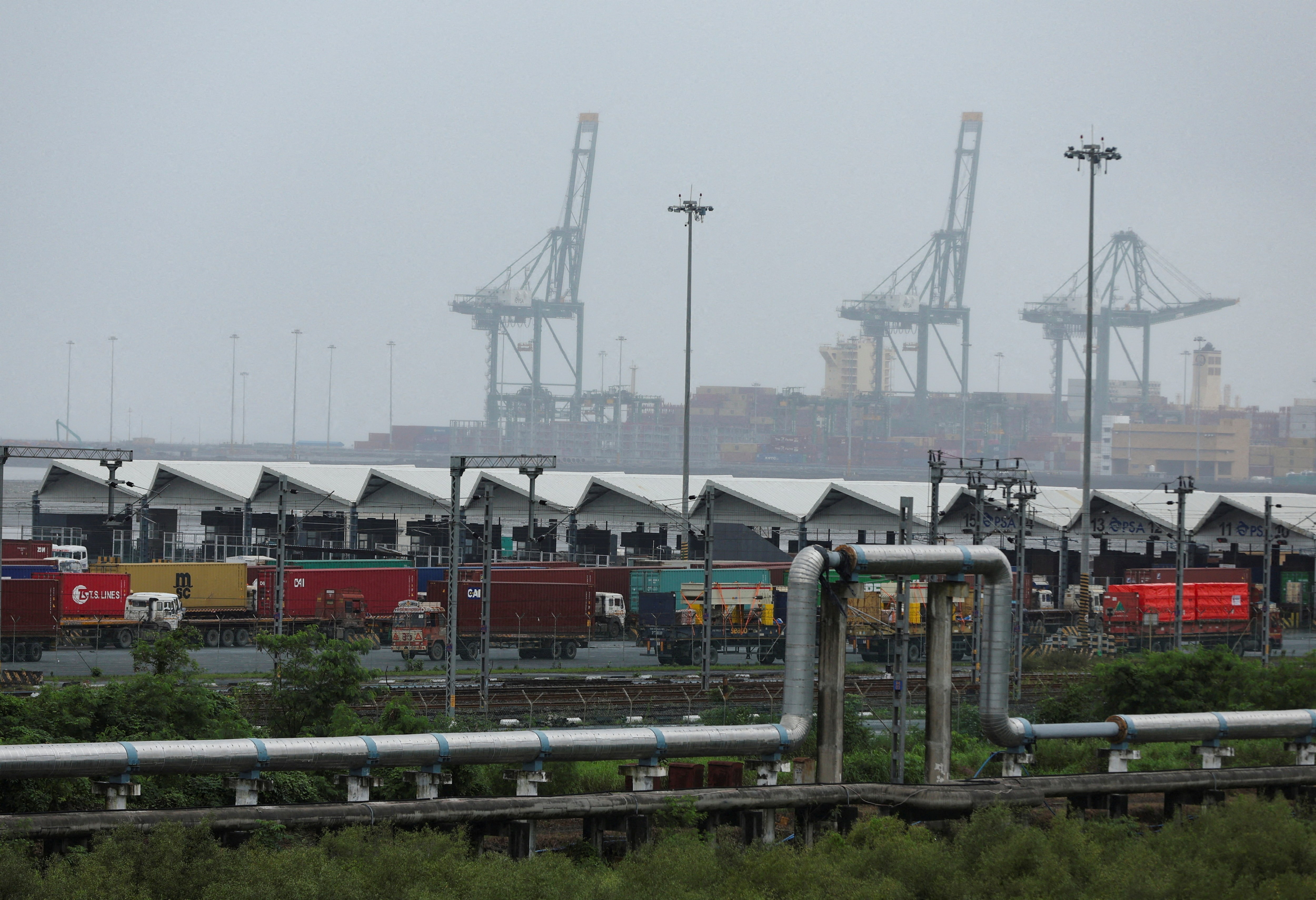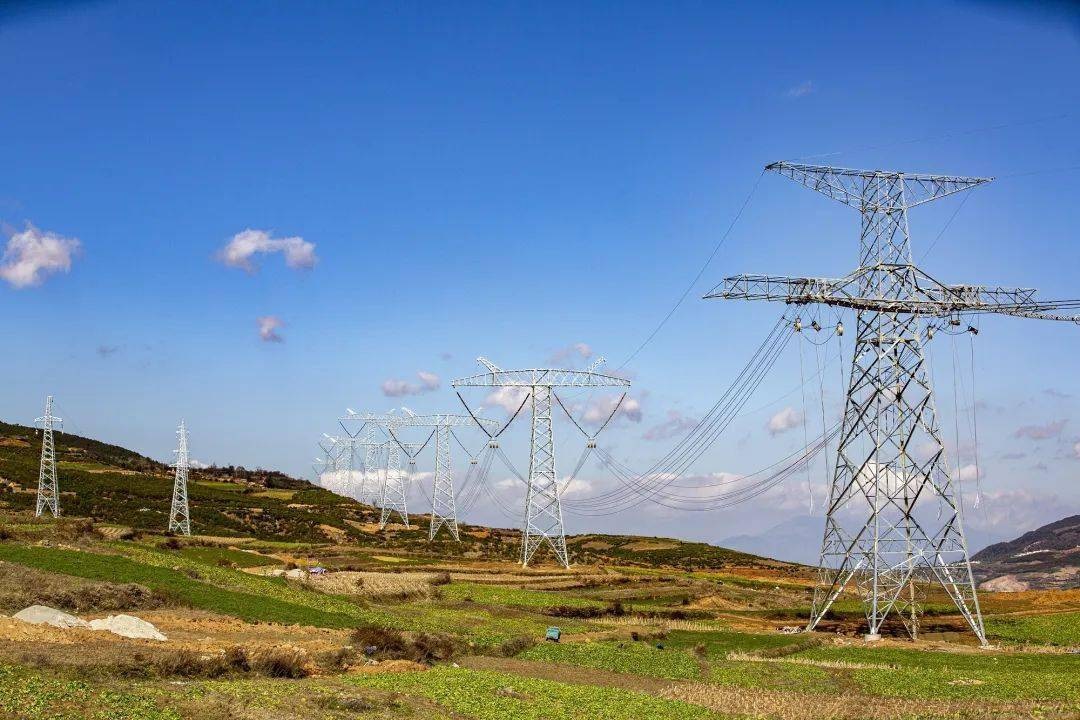
Affected by the import of gold and silver and U.S. President Trump's imposition of an additional 50% tariff on Indian goods, India's export rate of goods to the United States has dropped significantly. According to the latest trade data, India's goods trade deficit in September expanded to $32.15 billion, reaching the highest point in 13 months. This huge trade deficit is driven by the dual pressure of a surge in gold imports from the U.S. and a decrease in exports due to increased tariffs on goods exported to the U.S.
Against the backdrop of India's trade deficit soaring to a 13-month high, the significant increase in gold imports has become a factor that cannot be ignored. The reasons for this outcome include both domestic demand and the impact of fluctuations in the international market. The domestic population has a deep-rooted preference for gold, especially in terms of cultural practices and festival-related demand. In addition, due to the increasing global economic uncertainty, gold, as a traditional safe-haven asset, also attracts more people to purchase it as a means of preserving value.
The U.S. imposition of additional tariffs on Indian goods has directly led to increased export costs for India, resulting in a significant decline in the export volume of steel and aluminum products. The U.S. tariff policy has affected the export revenue of the steel industry, causing overcapacity in Indian steel production, which in turn impacts employment and investment across the industry. In addition, as one of the major exporters of textiles and garments, India has seen its products lose price competitiveness due to U.S. tariffs on Indian textiles. The accumulation of these factors has led to a sharp expansion of India’s trade deficit, not only affecting India’s trade balance but also impacting domestic industries, resulting in higher unemployment and slowed production, while posing a challenge to the stable growth of the Indian economy.
Affected by both gold and US tariffs, India’s foreign exchange reserves will face increased pressure. The import of gold and high tariffs have increased the outflow of foreign exchange, weakening India’s purchasing power in the international market and potentially leading to a heavier foreign debt burden. In addition, the expansion of the trade deficit may increase the risk of depreciation of the Indian currency, thereby causing inflation. At the same time, an excessive trade deficit will lead to higher unemployment and a decrease in the living standards of the people, further exacerbating socio-economic instability.
In the face of the rapidly rising trade deficit with India, appropriate strategic adjustments should be made in a timely manner, optimizing gold import policies to prevent foreign exchange loss due to large-scale gold imports. At the same time, the tariff structure should be adjusted, imposing higher import tariffs on non-essential consumer goods and reducing tariffs on key production materials and capital goods to promote domestic manufacturing and reduce excessive dependence on imported goods. Strengthening international cooperation and trade agreements is also important. Actively participating in regional and bilateral trade agreement negotiations can secure more favorable trade conditions, while collaborating with other countries to explore new export markets and diversify trade risks. Additionally, public awareness and consumer behavior guidance should be enhanced through publicity and educational activities, encouraging rational consumption and reducing excessive demand for luxury items such as gold. Promoting diversified savings and investment options can also redirect funds towards areas more conducive to economic growth.
In summary, the dual impact of gold and tariffs has brought multiple severe challenges to the Indian economy. By timely and effective strategic adjustments, the current economic difficulties can be alleviated, gradually improving the trade balance situation. In future development, India needs to closely monitor changes in the international economic landscape, flexibly adjust its economic policies, continuously enhance the competitiveness of domestic industries, and strengthen technological innovation and talent cultivation. Only in this way can India achieve stable, healthy, and sustainable economic development in a complex and ever-changing international economic environment.

報告顯示,中國電力投資加速增長,預計2024年電網基建投資將超過5300億元。
近日,市場迎來了一則引人注目的消息:工業巨頭3M公司(MMM.N)在本周五公布了其季度業績報告,隨後股價飆升至近兩年來的
最近,外媒給OpenAI算了筆賬,今年可能要血虧50億美元。
近日,巴黎奧運會和世界鐵人三項協會聯合發布了一項重大決定,宣布因塞納河水質污染問題,原定於近期進行的奧運會鐵人三項首次下
當地時間7月18日,法國巴黎發生了一起令人震驚的持刀襲警事件。
近期,一則重大消息在國際舞臺上引起軒然大波,馬來西亞宣布加入金磚國家。
調查發現,互聯網和智能手機的使用幹擾了韓國近五分之一學生的生活。